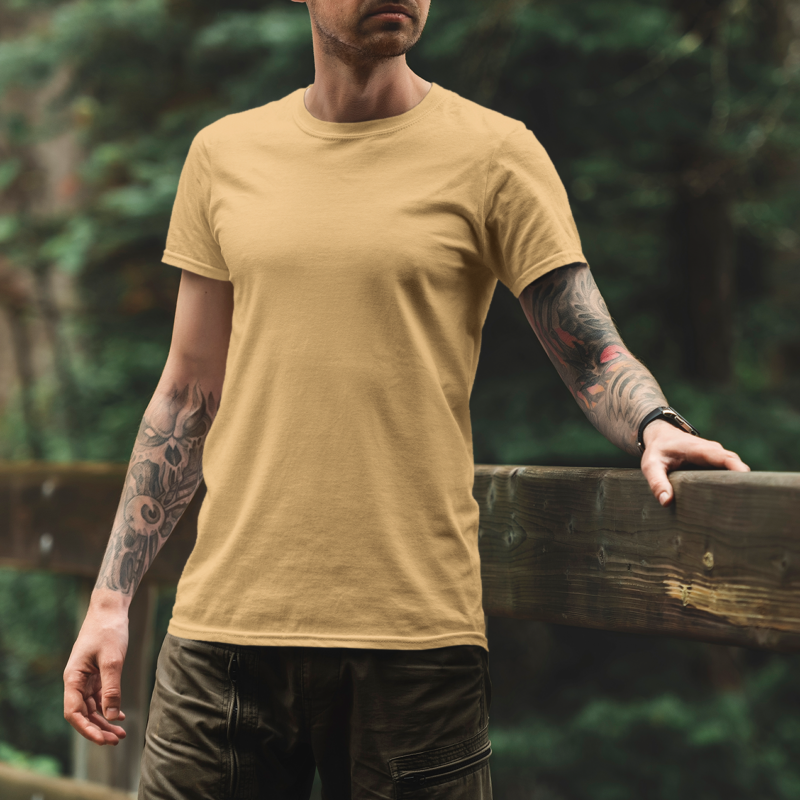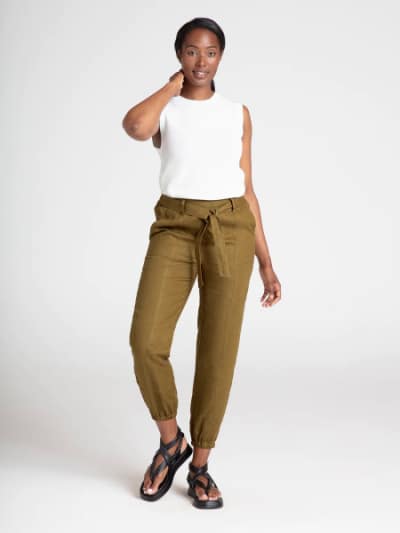Free Tips On Deciding On Bamboo Clothing
Wiki Article
What Are The Differences Between Hemp And Cotton In Terms Water Consumption, Pesticides And Herbicides, Etc.?
Hemp is a eco-friendly crop than cotton for a number of reasons.
Hemp Hemp requires relatively less irrigation than other crops like cotton. It is a drought tolerant plant and can thrive with minimal irrigation. Hemp is often grown using rainwater in several areas. It is a water-efficient plant.
Cotton- Traditional textiles are notorious for their heavy water use. Cotton farming often requires extensive irrigation. This could deplete local resources and cause water scarcity in regions with scarce water resources. The high water demand of cotton farming has led to questions about its sustainability.
Herbicides & Pesticides
Hemp- Hemp is naturally resistant to diseases and pests, which reduces the necessity for synthetic herbicides as well as pesticides. Although some hemp crops require pest management, overall the reliance on chemicals is less than other crops, including cotton. Hemp cultivation is almost free of pesticides.
Cotton - The conventional cotton farming industry rely heavily on synthetic insecticides and herbicides in order to control pests. These chemicals have negative effects on the natural environment. This includes water and soil pollution as well as damaging animals that are not targeted and resistance to pesticides.
Summary: Hemp is thought to be a more environmentally friendly plant than cotton with regard to water consumption, pesticides, herbicides.
Hemp generally requires less water, and it can be grown using only a small amount of irrigation or rainwater.
The natural resistance of hemp to pests decreases the need for synthetic pesticides.
Hemp cultivation generally involves fewer synthetic pesticides and herbicides compared to traditional cotton.
It's also essential to recognize that environmentally-friendly practices and sustainable farming techniques can differ based on the area and the individual farmers. Organic farming practices can also improve sustainability by reducing the usage of synthetic chemical and increasing the quality of soil. Concerning the impact that clothing and textiles can have on the environment, choosing organic, sustainably-produced fibers like hemp or Cotton can reduce this footprint. Follow the most popular hemp clothing for site recommendations including hemp clothing near me, patagonia iron forge pants, hemp sweatpants, hemp sweatshirt, hemp long sleeve shirt, nomad hemp wear, jungmaven clothing, hemp clothing womens, hemp button down shirt, patagonia hemp shorts and more.

What Are The Functional And Technical Advantages Of Hemp Clothing Over Conventional Fibres?
Hemp clothing is a sustainable option that offers many functional and technical advantages over traditional fibers. Hemp clothing comes with a variety of advantages that make it an excellent eco-friendly and high-performance choice.
Hemp fibres are extremely breathable. They also help to wick away moisture, making hemp clothing extremely comfortable under all kinds of conditions. They assist in wicking away moisture from your body, which helps keep you cool and dry in hot weather, and decrease the possibility of odors and bacterial growth.
Temperature Regulation
Hemp clothing has excellent thermoregulating properties. It will keep you warm by storing warmth close to your body and assist you in staying cool in hot temperatures. The natural thermoregulation process can decrease the frequency of changes in clothing.
Durability and long-term durability-
Hemp fibers are a durable material. Hemp clothing is known to be more durable and durable than other traditional fibers such as cotton. It means that hemp clothing will last longer. They can also decrease the number of times you have to change them out, which could have a negative impact on the environment.
UV Protection-
Hemp fibers shield the skin from UV radiation by providing natural UV protection. This is especially advantageous for outdoor activities as well as sports.
Biodegradability:
Hemp clothing degrades over time, so it will break down when it is disposed of. This reduces the textile waste's environmental burden, because synthetic fibers are not capable of surviving in landfills.
Low Environmental Impact
Hemp cultivation usually requires less synthetic pesticides and herbicides than conventional cotton. Hemp also consumes less water which makes it a green option. The environmental benefits of organic hemp farming are even more pronounced.
Carbon Sequestration
Hemp plants are able to absorb carbon dioxide throughout their growth. Hemp cultivation functions as a carbon dioxide sink, reducing greenhouse gas levels.
Sustainability and Crop Rotation-
Hemp can be incorporated into crop rotation systems, improving overall soil health and reducing the risk of soil depletion and buildup of diseases. This sustainable farming technique can help reduce environmental impacts.
Versatility:
Mixing hemp fibers and other natural materials like organic cotton and recycled polyester is a way to make eco-friendly and high-performance fabric blends. This versatility allows the creation of new textile products.
Low Toxicity
Hemp fibers are low-toxic in nature and do not require any chemical processing during the process of manufacturing, can reduce the environmental impact.
The sustainability of clothing is influenced by numerous factors, such as dyeing, transportation, and ethical working practices. To make eco-conscious choices, customers can search for clothing brands that emphasize the environment, transparency ethical manufacturing practices, and hemp or other sustainable fibers. Follow the recommended hemp clothing url for more advice including hemp button down shirt, hemp hoodie, hemp tank top, hemp textiles, patagonia hemp jacket, hemp denim, t shirt hemp, hemp baja hoodie, patagonia hemp island pants, hemp shirts and more.

What Are Some Benefits That Bamboo Clothing Has For The Environment And Comfort?
Bamboo clothing is a great choice for comfort as well as the environment.
Bamboo fabric is renowned for its softness. It is a silky and silky texture that makes it easy to wear. Bamboo clothing has a silky soft texture that makes it popular for intimate wear or activewear. It is also popular as loungewear.
Bamboo fibers breathe easily, and they absorb moisture. These micro-gaps let air circulate and keep your body cool. Moisture wicking assists in drawing sweat off the skin.
Bamboo clothing has excellent thermoregulatory properties. It will keep you warm when temperatures drop by retaining warmth close to your skin. It can also help you to remain cool during hot temperatures because it lets the excess heat and moisture to escape. The capacity to adjust to temperature variations makes bamboo clothing ideal for wear all year round.
Bamboo fabric is hypoallergenic. It is naturally hypoallergenic and gentle on sensitive skin. Bamboo fabric is less likely to trigger irritation or allergic reactions, making it a comfortable choice for individuals who suffer from skin sensitivities or allergies.
Bamboo fibers are resistant to odors thanks to their antimicrobial nature. Bamboo clothing retains its freshness even when physically active.
Environment-
Sustainable- The bamboo plant is a sustainable and renewable resource. It is one among the fastest-growing plants and only requires very little water. It doesn't require herbicides, pesticides or any other chemical are required to cultivate it. Bamboo is harvested without killing it, because its root system regenerates.
Bamboo is a plant that has low water consumption. Bamboo is able to flourish without much irrigation and can often be developed by the rain alone. This can help reduce the environmental impact that comes from the use of water for agriculture.
Biodegradability Bamboo clothing is biodegradable, which means it degrades naturally as it is disposed. This property helps reduce the amount of non-biodegradable textiles that end in landfills.
Carbon Sequestration Bamboo plants are able to capture CO2 from the air during their rapid expansion. As a result, bamboo cultivation can act as a carbon sink, assisting to combat climate change by reducing greenhouse gas levels.
Chemical Reduction- The production of bamboo fabric usually involves less chemical treatment and processing procedures compared to other textiles, thus reducing the environmental impact of textile production.
Closed Loop Production A few bamboo fabrics are made using closed loop systems that make use of recycled chemicals and water, minimising production waste.
It is important to remember that the environmental impact of bamboo clothing may differ according to the particular manufacturing process used and whether the bamboo used is made from sustainable and sustainably managed bamboo forests. To get the most sustainable results for the environment buyers should opt for bamboo clothing made with sustainable and ethical methods. Follow the most popular bamboo clothing examples for blog info including long sleeve bamboo t shirt, bamboo brand jeans, bamboo jeans ross, bamboo t shirts wholesale, shakuhachi clothes, bamboo pants womens, bamboo clothing sustainable, bamboo clothing for women, bamboo clothing for women, clothes made from bamboo fiber and more.
